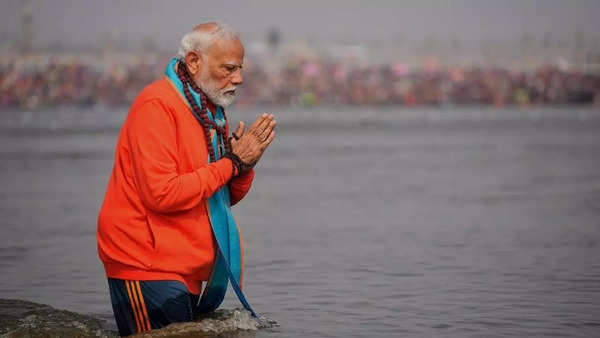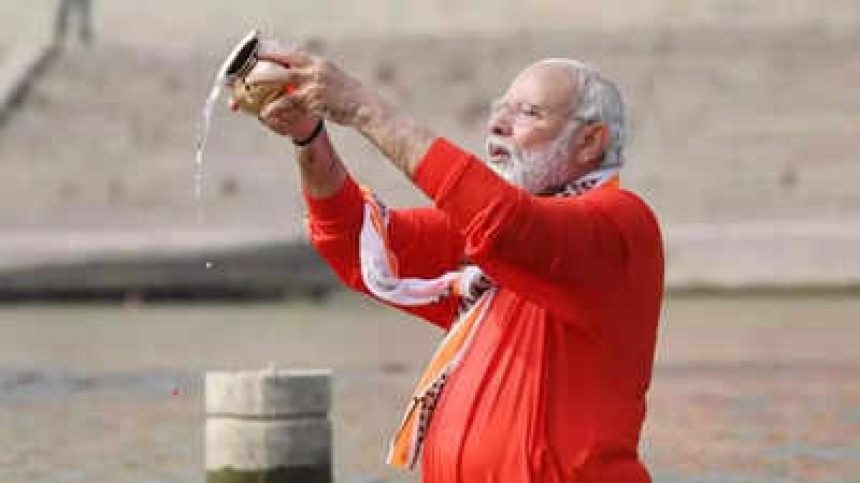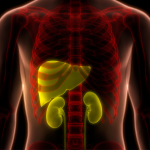In the early hours of February 5, 2025, Prime Minister Narendra Modi visited Prayagraj, the holy land where Mahakumbh 2025 is ongoing, to take a dip in the Triveni Sangam, the mix of Ganga, Yamuna, and the Saraswati river, and immerse himself in the purity and power of Triveni.
PM Modi could be seen wearing an elaborate Rudraksha mala, taking a dip in the holy water, offering prayers, participating in rituals, and inspecting the area around.
And in between the rituals, one could spot PM Modi offering water and milk in brass and copper vessels, or ‘lotas’ and these are a classic in most Indian homes. From the early morning water offering to Surya dev, to offering water or milk to the Shivling, these two vessels are an important part of Hindu rituals. Why? Here we mention some beliefs and reasons.
The copper and brass connection
In Hindu rituals, copper lotas have always been used, especially to offer water in the morning to the Sun. Now, not many know that copper is linked to the sun and Mars in astrological beliefs, and thus it is said that offering water to the Sun god in a copper vessel attracts positive energy.
Brass, on the other hand, is considered to be a symbol of purity and of divine nature and is thus used in homes, temples, and other religious places. According to many elders, brass vessels are closely linked to appeasing the divine.

PM in Mahakumbh (Image: TOI)
Not just this, since time immemorial, humans have been using brass and copper to improve their physical health. People were asked to drink water from brass or copper vessels to relieve some problems, and soon their redeeming qualities became a reason why they were used in rituals and temples as well.
It is said that water stored in a copper lota overnight help in digestion, immunity, and detoxification, and when kept in a Brass lota, it is said to help balance the body’s internal systems.
Another reason why brass and copper became an important part of Puja rituals is that they have purifying and antibacterial properties.
It is believed that in the olden days when freshwater sources were limited, people would carry copper coins with them or carry copper lotas to cleanse the water and get rid of any harmful microbes. It is also said that because copper is a good conductor of energy, it is used in religious rituals to increase the flow of spiritual energies.
Temples use copper and brass in the bells, people make puja thalis and lotas with these, and even the small bells that are used in home temples are made with one or a mix of these materials. They absorb and spread positivity into the surroundings.
Where else is brass and copper used?
The two most common places where brass and copper lotas are used is offering Arghya to Surya dev and while offering water, or milk, or ghee, or honey to the Shivling. Many Hindus start their day by offering water to the rising sun from a copper lota while chanting mantras and in their temples and homes they pour water from a lota over the Shivling.
Even when Kalash Sthapana is done before Pujas or during auspicious festivals like Navratri, or Ganesh Chaturthi, a Kalash of either brass or copper is filled with water and kept near the home temple with coconut on top.
When there are hawans and yagnas at home, the priests use a copper or bronze vessel to pour ghee, or curd, or milk, into the fire while chanting mantras.








